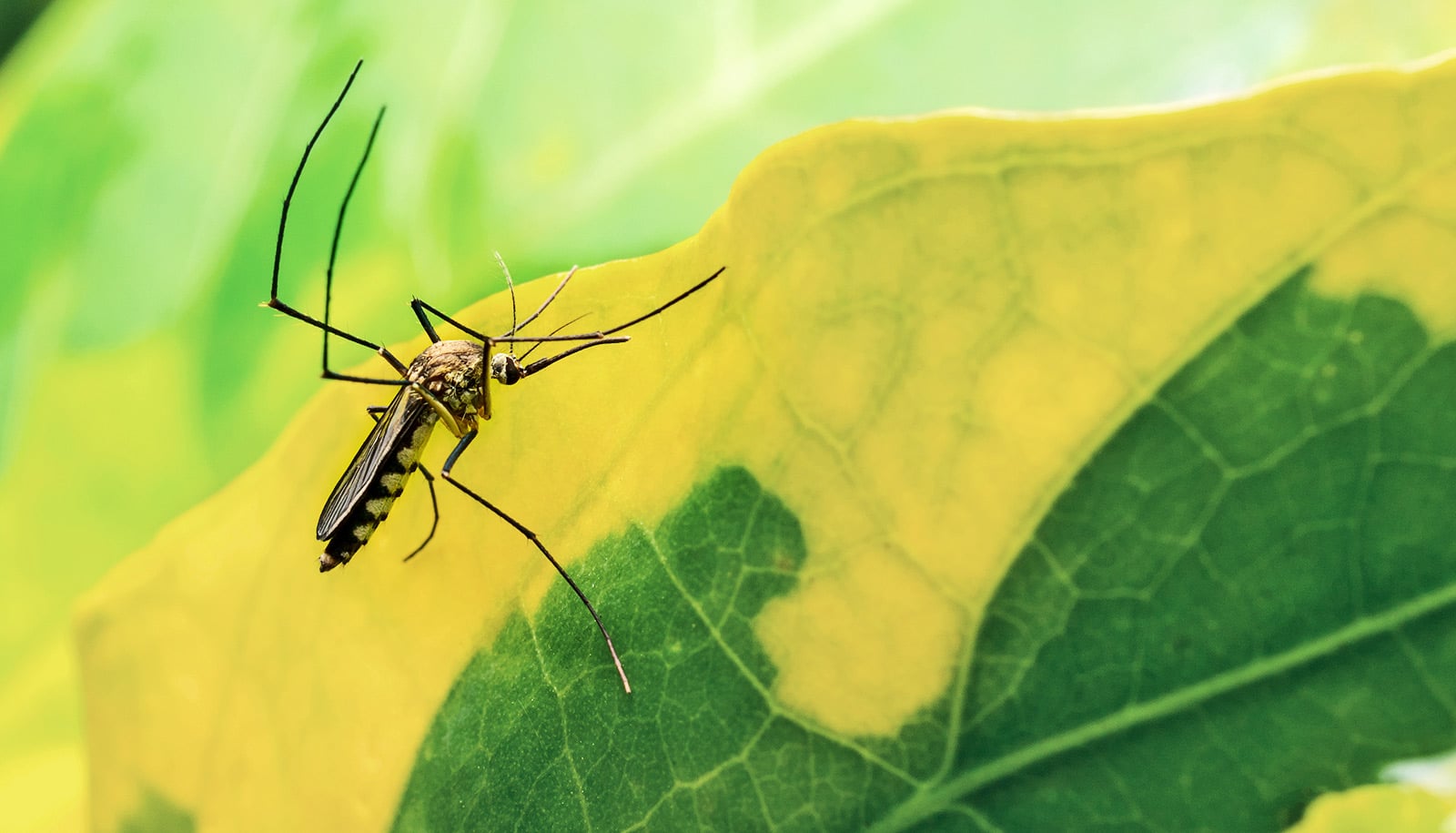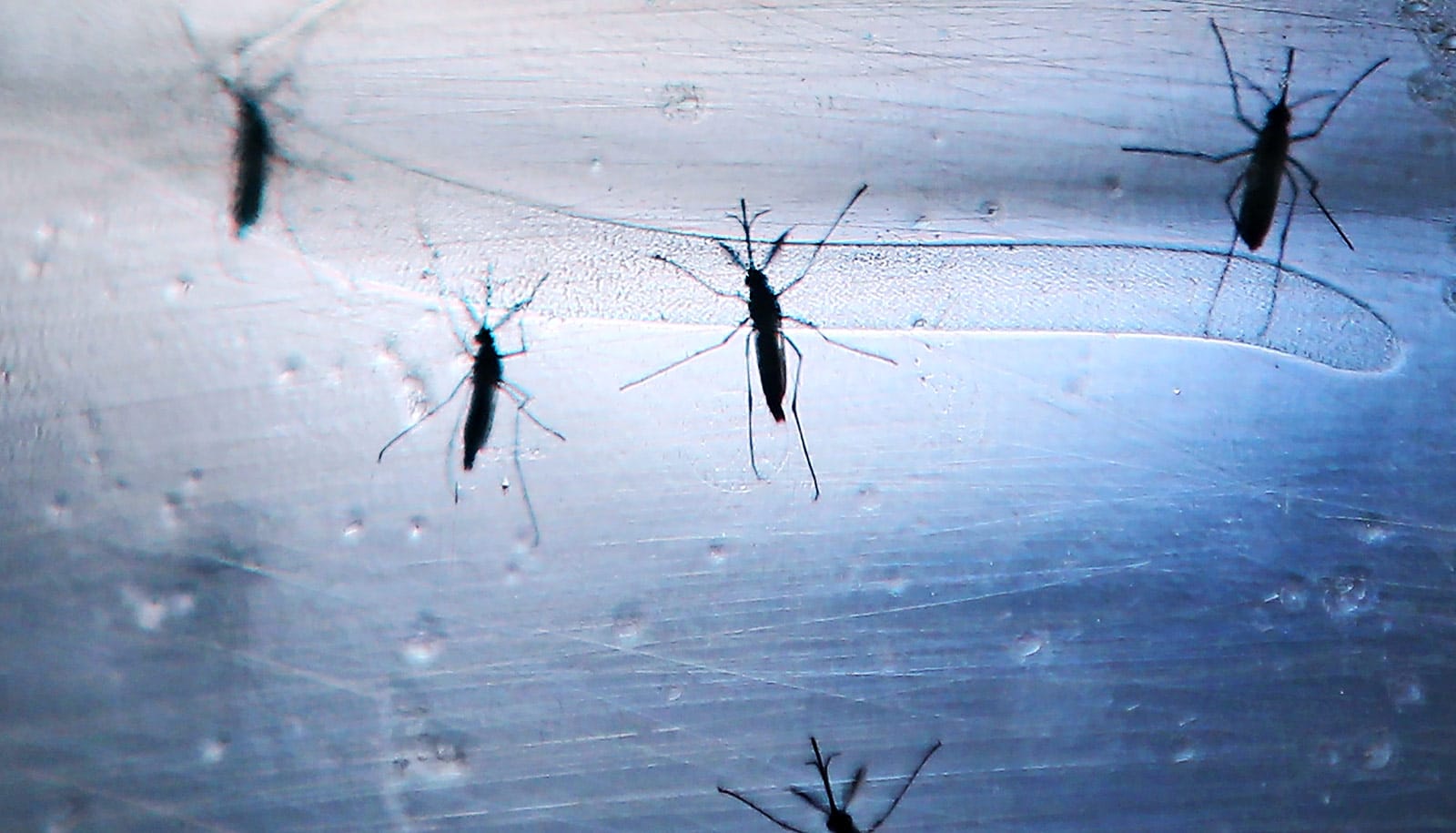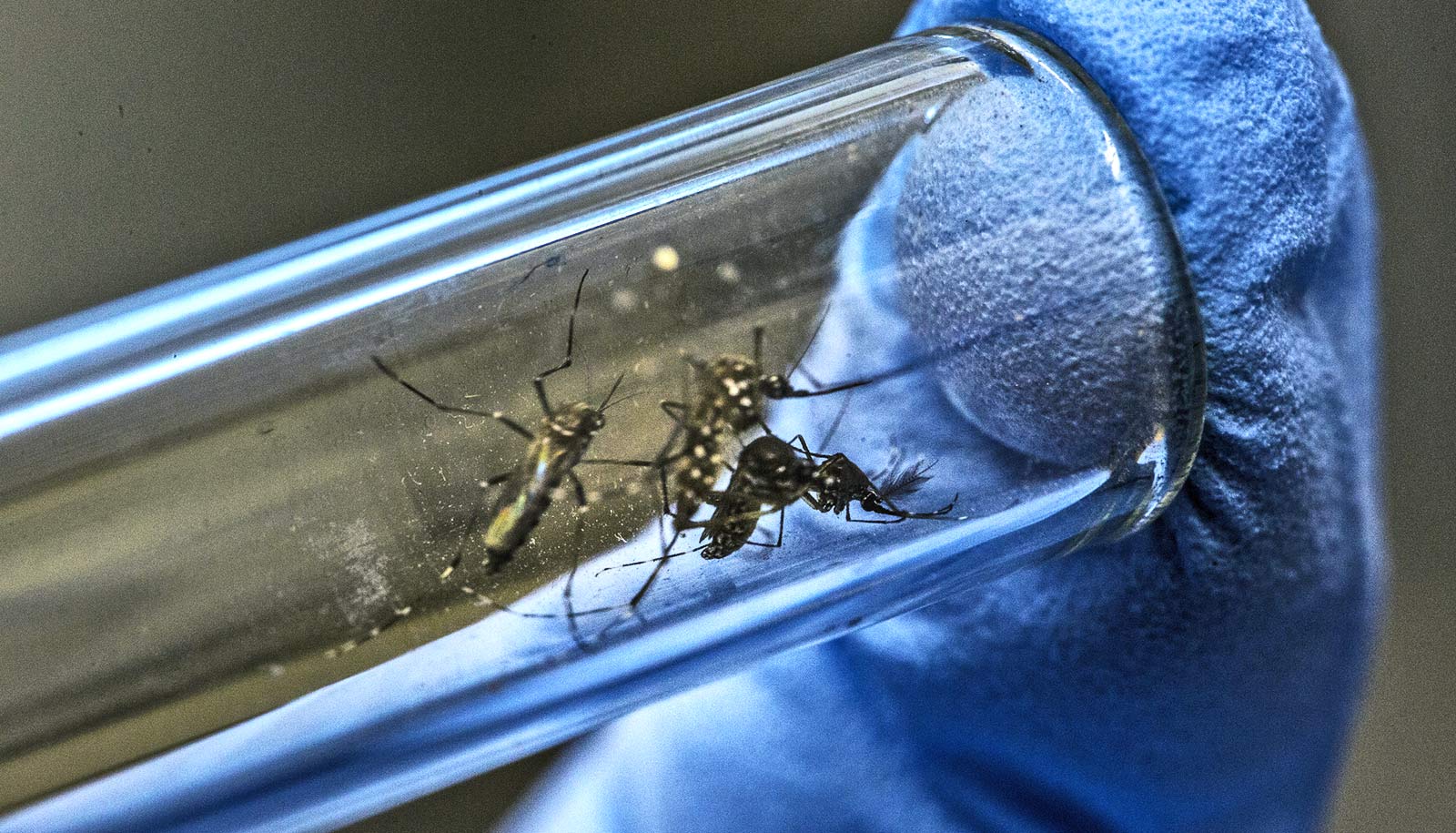Researchers have developed a way to see how a virus moves within a mosquito’s body, which could lead to the prevention of mosquitoes transmitting diseases.
“Previously, the common understanding was that when a mosquito has picked up a virus, it first needs some time to build up inside the midgut, or stomach, before infecting other tissues in the mosquito,” says Alexander Franz, an assistant professor in the veterinary pathobiology department at the University of Missouri and corresponding author of the paper, which appears in Viruses.
“However, our observations show that this process occurs at a much faster pace; in fact, there is only a narrow window of 32 to 48 hours between the initial infection and the virus leaving the mosquito’s stomach. For this field of research, that revelation is eye opening.”
Inside look
Researchers observed a mosquito infected with the chikungunya virus, which originated in Africa and was first found in the Americas in 2013. There is no vaccine to prevent or treat the virus, and while most common symptoms include fever and joint pain, they can be severe and disabling.
The researchers used three separate electron microscopes to view the virus traveling through the mosquito, beginning with its midgut, or stomach.
The first two microscopes provided different two-dimensional views of a single layer of tissue in the mosquito’s stomach. The third, a focused ion beam electron microscope, allowed researchers to see multiple layers of tissue.
Bug off
“We’re now visualizing a real virus with a three-dimensional model, at scale,” says coauthor DeAna Grant, a researcher with the Electron Microscopy Core Facility. “We can take a three-dimensional image showing the inside of a mosquito’s stomach and say that this dot is a virus particle; there is no guessing to what that dot is.
“In addition, with this technology we were able to track, in three-dimension, the virus traveling through the mosquito at 24, 32, and 48 hour intervals, and within 48 hours or less, we could see the virus particles leaving the mosquito’s midgut.”
Researchers say they hope to one day inhibit the genes involved with the release of the virus from within the mosquito’s stomach to prevent future transmission of mosquito-borne diseases.
The National Institutes of Health-National Institute of Allergy and Infectious Diseases and the University of Missouri award for “Excellence in Electron Microscopy” funded the work. The content is solely the responsibility of the authors and does not necessarily represent the official views of the funding agencies.
Source: University of Missouri



